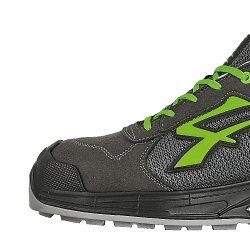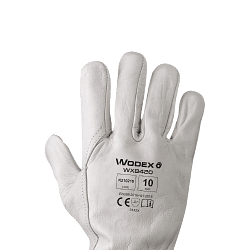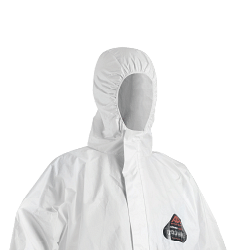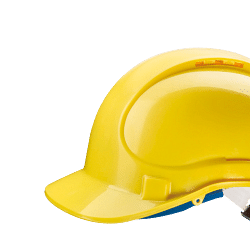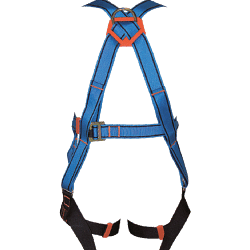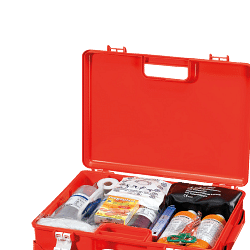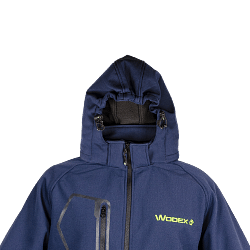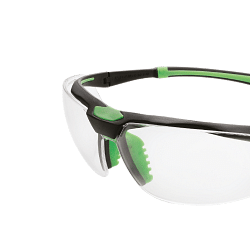Register and use the discount code NEWWELCOME to get 10% off on your first purchase. GET DISCOUNT.
Register and use the discount code NEWWELCOME to get 10% off on your first purchase. GET DISCOUNT.
Register and use the discount code NEWWELCOME to get 10% off on your first purchase. GET DISCOUNT.
Free shipping in 24h from 200€
Catalogues
Customer service
How can we help you?
- Faq
- Customer service
02.927371
- Supporting big orders
02.38298620
-
info@linkindustrialtools.it
- Request assistance with form
Or contact us with the chat in the lower right corner
- All products
 Integral cutting tools
Integral cutting tools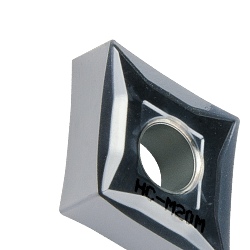 Turning tools
Turning tools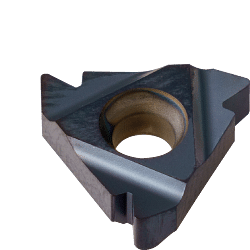 Thread tools
Thread tools Thread tools
Thread tools- All products
- Thread inserts
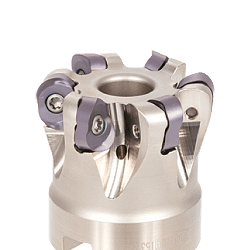 Milling cutters
Milling cutters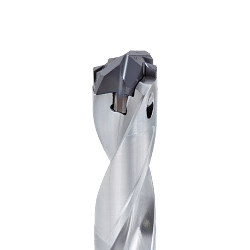 Drilling tools
Drilling tools Drilling tools
Drilling tools- All products
- Indexable drill bits
- Indexable drill heads
 Clamping systems
Clamping systems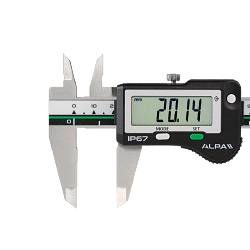 Measuring and precision tools
Measuring and precision tools Measuring and precision tools
Measuring and precision tools- All products
- Digital calipers with readings to 0.01
- Analogue calipers
- Digital micrometers
- Analogue micrometers
- Bore gauges
- Snap gauges
- Digital gauges
- Analogue gauges
- Touch probes
- Zero setters and edge finders
- Inspection plates
- Altimeters
- Height gauges
- Squares and levels
- Threaded rings
- Gauge blocks
- Calibrated tapes and thickness gauges
- Digital and analogue hardness testers
- Roughness testers
- Microscopes, lenses and visors
- Digital thermo-hygrometer to measure moisture
- Reset benches
- Optical profile projector
- Professional, digital dynamometers
- Laboratory scales
- Digital amperometric pliers
- Thickness and adhesion gauges
 Hand tools
Hand tools Hand tools
Hand tools- All products
- Combination wrenches
- Spanners
- Hook wrenches
- Tubular wrenches
- Hexagon keys
- Torx wrench
- Socket wrenches
- Screwdrivers
- Torque wrenches
- Torque screwdriver
- Inserts and bits for screw drivers
- Tool trolleys
- Workshop pliers
- Wire strippers
- Cable strippers
- Cutting nippers
- Professional scissors
- Nippers
- Professional shears
- American or Swedish pipe wrench
- Adjustable wrench
- Pipe tools
- Pipe cutter for plumber
- Cutter
- Hacksaws
- Deburring tools
- Chisels
- Hammers and mallets
- Mechanical and conical pullers
- Clamps
- Tap wrenches and die stocks
- Riveters
- Flexometers
- Tape measures
- Markers
- Flat squares and rulers
- Professional dividers
- Professional protractors
- Brushes
- Lubricators and spray nozzles
- T-wrenches
- Reversible ratchets
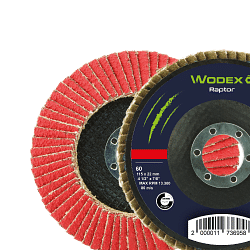 Abrasives
Abrasives Abrasives
Abrasives- All products
- Cutting discs
- Deburring grinding wheel
- Flap discs
- Fabric discs for surface treatment
- Abrasive fibre discs with Velcro
- Abrasive cloth in rolls, sheets and bands
- Flap wheels with pin and abrasive wheel with hole
- Abrasive wheels for buffing machines
- Abrasive spiral bands
- Abrasive brushes
- Flexible sanders
- Mounted grinding discs
- Polishing felt
- Solid carbide rotary cutters
- HSS rotary cutters
- Abrasive wheels for sharpening and grinding
- Diamond grinding wheels
- Grinding stone
- Diamond paste
- Abrasive stones
- Files and rasps
- Diamond files
- Grinders and polishing equipment
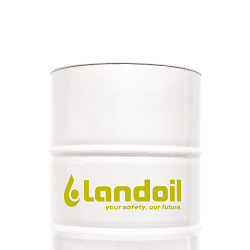 Lubricants for machine tools
Lubricants for machine tools Lubricants for machine tools
Lubricants for machine tools- All products
- Water-miscible coolants
- Neat cutting oil
- Minimal lubrication systems
- Oil for guides and slides
- Drums of hydraulic oil fluid
- Anti-freeze for machine tools
- Air coolers
- Oil separator
- Powders and absorbents for oil
- Aspirators for oil mist
- Accessories for cooling lubricants
- Metal and mould protectors
- Grease and paste
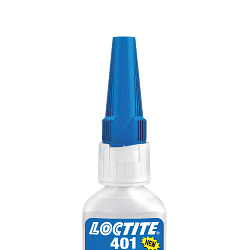 Chemical, adhesives and sealants
Chemical, adhesives and sealants Chemical, adhesives and sealants
Chemical, adhesives and sealants- All products
- Acrylic, cyanoacrylate and epoxy adhesives
- Guns and silicon sealant
- Threadlocker
- Sealants and retainers
- Release agents, lubricants and anti-seize
- Zinc spray and polishes
- Lubrication accessories
- Protections for maintenance
- Industrial Cleansing
- Handwash
- Industrial cloths and rags
- Welding machines
- Electrodes
- Clamps, shields and welding masks
- Antispatter
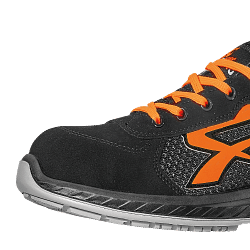 Safety equipment
Safety equipment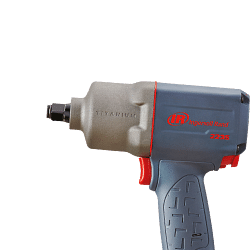 Pneumatics
Pneumatics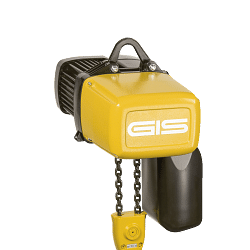 Lifting systems
Lifting systems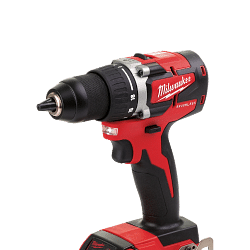 Workshop equipment
Workshop equipment Workshop equipment
Workshop equipment- All products
- Column and bench drills
- Accessories for lathes
- Band saws
- Cut-off machines
- Bench grinders
- Power tools
- Spare parts and accessories for Power Tools
- Saws and hole cutters: wood, metal and plasterboard
- Tapered cutters for sheet metal
- Industrial aspirators
- Fume aspirators
- Bench vices
- Technical lamps
- LED torches
- Industrial cable winders
- Trolley wheels
- Quick clamps
- Threaded inserts
- Control knobs
- Packaging accessories and material
- Belt sanders
- Electric tapping machines
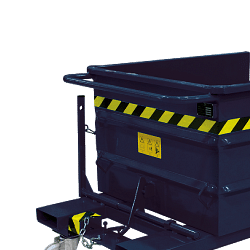 Furnishings and storage
Furnishings and storage Furnishings and storage
Furnishings and storage- All products
- Work benches
- Swivel chairs for office use
- Drawer units for workshops
- Industrial cabinets for warehouses and workshops
- Tool cabinets
- Security cabinets
- Changing room cabinets
- Containers for small metal parts
- Scrap holders
- Workshop trolleys
- Spill pallets for drum storage
- Shelves for warehouses and offices
- Cantilever shelving
- Aluminium ladders
- Modular plinths
- Units and cabinets for waste recycling
 Brand
BrandPromotions
 Bestseller
Bestseller- Catalogues
-
Catalogues
Customer service
How can we help you?
- Faq
- Customer service
02.927371
- Supporting big orders
02.38298620
-
info@linkindustrialtools.it
- Request assistance with form
Or contact us with the chat in the lower right corner
< Safety equipment
- Home
- Safety equipment
- Work clothing
Work clothing
Working clothes and clothing: an in-depth analysis for machine shops
In the context of machine shops, the choice of workwear is crucial not only to ensure the safety of operators, but also to optimise efficiency and comfort during daily operations. Workwear is not simply clothing, but an essential tool that contributes to a safe and productive working environment.
The importance of workwear in machine shops
Workwear is designed to protect workers from the hazards associated with the work environment. In machine shops, workers are exposed to a range of hazards, including cuts, abrasions, burns and contact with chemicals. Appropriate work clothes can significantly reduce the risk of injury by providing a protective barrier between the worker and the hazards present.
Materials and advanced technologies for safety
The choice of materials is crucial in the design of workwear. Abrasion-resistant, flame-retardant and antistatic fabrics are commonly used to ensure maximum protection. In addition, the integration of advanced technologies, such as breathable fabrics and water-repellent coatings, helps to improve the comfort and functionality of workwear. These features are particularly important in machine shops, where working conditions can be demanding.
Ergonomics and comfort: key factors for productivity
In addition to safety, ergonomics and comfort are crucial aspects when choosing work clothes. Clothing must allow freedom of movement and adapt to the different postures assumed during mechanical operations. An ergonomic design reduces fatigue and increases productivity, allowing workers to concentrate on their tasks without distraction or discomfort.
Standards and certifications: guaranteeing quality and compliance
Standards and certifications play a key role in the selection of workwear. Machine shops must comply with specific standards to ensure worker safety. Certifications, such as EN ISO 11611 for protection against heat and flame, ensure that workwear meets strict safety and quality requirements. It is essential that companies choose suppliers that comply with these regulations to avoid penalties and ensure a safe working environment.
Maintenance and durability of workwear
Regular maintenance of workwear is essential to preserve its effectiveness and durability. Machine shops must implement proper washing and repair procedures to keep garments in optimal condition. The use of specific detergents and adherence to washing instructions help prolong the life of garments, reducing replacement costs and ensuring continuous protection.
Economic and operational advantages of quality workwear
Investing in high-quality workwear offers numerous economic and operational advantages. Although the initial cost may be higher than less expensive solutions, the durability and effectiveness of superior quality garments translate into long-term savings. In addition, the reduction in accidents and increased productivity resulting from the use of appropriate garments contributes to improving the overall efficiency of the workshop.
Answers to frequently asked questions about workwear
1. What are the main criteria to consider when choosing workwear for machine shops?
Safety, comfort, ergonomics, regulatory compliance and durability are the main criteria to consider.
2. How can I ensure that workwear complies with regulations?
It is important to choose certified suppliers and check that the garments comply with relevant standards, such as EN ISO 11611.
3. What is the recommended frequency of workwear maintenance?
The frequency depends on use and working conditions, but regular inspection and maintenance is generally recommended to ensure maximum effectiveness.
4. What are the benefits of using advanced fabrics in workwear?
Advanced fabrics offer greater protection, comfort and durability, improving workers' safety and productivity.
5. How can I optimise the cost of workwear without compromising on quality?
Investing in higher quality clothing can reduce long-term costs through increased durability and reduced injuries.
In conclusion, the choice of work clothes and garments for machine shops is a crucial aspect that requires attention and expertise. Safety, comfort and regulatory compliance are key elements that contribute to a safe and productive working environment. Investing in quality work clothes not only protects workers, but also improves operational efficiency and reduces long-term costs.
Read More Read LessIn the context of machine shops, the choice of workwear is crucial not only to ensure the safety of operators, but also to optimise efficiency and comfort during daily operations. Workwear is not simply clothing, but an essential tool that contributes to a safe and productive working environment.
The importance of workwear in machine shops
Workwear is designed to protect workers from the hazards associated with the work environment. In machine shops, workers are exposed to a range of hazards, including cuts, abrasions, burns and contact with chemicals. Appropriate work clothes can significantly reduce the risk of injury by providing a protective barrier between the worker and the hazards present.
Materials and advanced technologies for safety
The choice of materials is crucial in the design of workwear. Abrasion-resistant, flame-retardant and antistatic fabrics are commonly used to ensure maximum protection. In addition, the integration of advanced technologies, such as breathable fabrics and water-repellent coatings, helps to improve the comfort and functionality of workwear. These features are particularly important in machine shops, where working conditions can be demanding.
Ergonomics and comfort: key factors for productivity
In addition to safety, ergonomics and comfort are crucial aspects when choosing work clothes. Clothing must allow freedom of movement and adapt to the different postures assumed during mechanical operations. An ergonomic design reduces fatigue and increases productivity, allowing workers to concentrate on their tasks without distraction or discomfort.
Standards and certifications: guaranteeing quality and compliance
Standards and certifications play a key role in the selection of workwear. Machine shops must comply with specific standards to ensure worker safety. Certifications, such as EN ISO 11611 for protection against heat and flame, ensure that workwear meets strict safety and quality requirements. It is essential that companies choose suppliers that comply with these regulations to avoid penalties and ensure a safe working environment.
Maintenance and durability of workwear
Regular maintenance of workwear is essential to preserve its effectiveness and durability. Machine shops must implement proper washing and repair procedures to keep garments in optimal condition. The use of specific detergents and adherence to washing instructions help prolong the life of garments, reducing replacement costs and ensuring continuous protection.
Economic and operational advantages of quality workwear
Investing in high-quality workwear offers numerous economic and operational advantages. Although the initial cost may be higher than less expensive solutions, the durability and effectiveness of superior quality garments translate into long-term savings. In addition, the reduction in accidents and increased productivity resulting from the use of appropriate garments contributes to improving the overall efficiency of the workshop.
Answers to frequently asked questions about workwear
1. What are the main criteria to consider when choosing workwear for machine shops?
Safety, comfort, ergonomics, regulatory compliance and durability are the main criteria to consider.
2. How can I ensure that workwear complies with regulations?
It is important to choose certified suppliers and check that the garments comply with relevant standards, such as EN ISO 11611.
3. What is the recommended frequency of workwear maintenance?
The frequency depends on use and working conditions, but regular inspection and maintenance is generally recommended to ensure maximum effectiveness.
4. What are the benefits of using advanced fabrics in workwear?
Advanced fabrics offer greater protection, comfort and durability, improving workers' safety and productivity.
5. How can I optimise the cost of workwear without compromising on quality?
Investing in higher quality clothing can reduce long-term costs through increased durability and reduced injuries.
In conclusion, the choice of work clothes and garments for machine shops is a crucial aspect that requires attention and expertise. Safety, comfort and regulatory compliance are key elements that contribute to a safe and productive working environment. Investing in quality work clothes not only protects workers, but also improves operational efficiency and reduces long-term costs.


